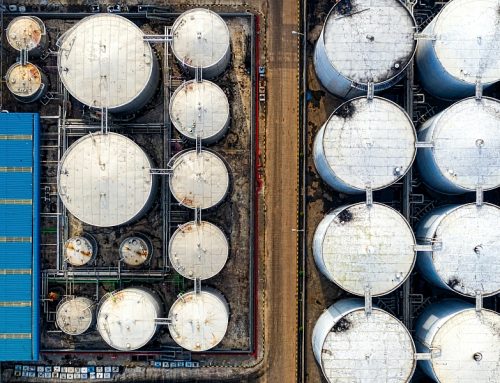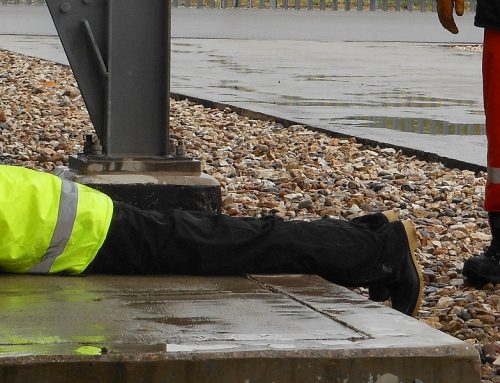45 years on from the Seveso disaster, we take a look at what happened to remind ourselves of some key learnings for process safety and emergency response.
What happened at Seveso?
On 10 July 1976 a bursting disc ruptured on a chemical reactor at the ICMESA chemical plant near Seveso. A dense white cloud of toxic chemicals was released and drifted off site at considerable altitude. This cloud contained a few kilograms of the highly toxic chemical TCDD (2,3,7,8-tetrachlorodibenzo-p-dioxin). The release lasted for just twenty minutes and the toxic material eventually settled over 18km² of the surrounding area.
Over the next few days there was considerable confusion and absence of coordinated response due to the lack of communication between the company and the authorities in dealing with this type of situation.
As a result of the toxic release, many thousands of farm animals and pets died or were later deliberately slaughtered to prevent TCDD entering the food chain. The local population was advised not to touch or eat locally grown fruits or vegetables. Many people fell ill but no human fatalities were directly attributable to the incident. Ultimately the event led to the standardisation of industrial safety regulations through the European Commission’s Seveso directive.
Process safety
The chemical release occurred when a batch process was interrupted prior to completion due to weekend shutdown. Unusually hot process steam at 300C remained in pipework adjacent to the metal wall of the reactor vessel. Not having a steam temperature reading, operators were unaware of this excess heat and they stopped the batch by isolating the steam and turning off the stirrer in the reactor vessel.
The unusually hot upper section of the reactor continued to heat the chemicals inside. With the stirrer not running, the heating was highly localised – confined to just the upper layer. The increased temperature passed the critical threshold temperature for an exothermic runaway reaction to initiate.
Emergency response
Initially, ICMESA refused to admit that the dioxin release had occurred and at least a week passed before they issued a public statement confirming the situation. A further week passed before the local area was evacuated, with the government needing to step in and take control of organising and determining the boundaries of the evacuation.
The basic plant safety systems were mainly designed to provide explosion protection and little consideration had been given to environmental protection. Warning systems such as site sirens were not installed and no emergency information had been provided to the local community. As a result, local people were totally unprepared to respond.
Long term health effects
A range of epidemiological health monitoring research over the subsequent decades sought to understand the long term health effects of exposure to dioxins. A 1991 study found that the most evident adverse health effect was skin lesions, however, an excess mortality rate from cardiovascular and respiratory diseases and an increased occurrence of cancer of the gastrointestinal sites were also identified. A 2001 study confirmed that dioxin is carcinogenic to humans and corroborated the link with cardiovascular and endocrine effects. A 2008 study found that dioxins have a long lasting capability to modify neonatal thyroid function after the initial exposure.
Regulatory development
In 1982 the European Community passed the Seveso Directive, containing much stronger industrial safety regulations than those contained in previous legislation. Subsequent developments have led to the current iteration known as the Seveso III Directive. This is the main EU legislation dealing specifically with the control of on-shore major accident hazards involving dangerous substances and is implemented in Great Britain through the Control of Major Accident Hazards (COMAH) Regulations 2015 and relevant planning legislation.





